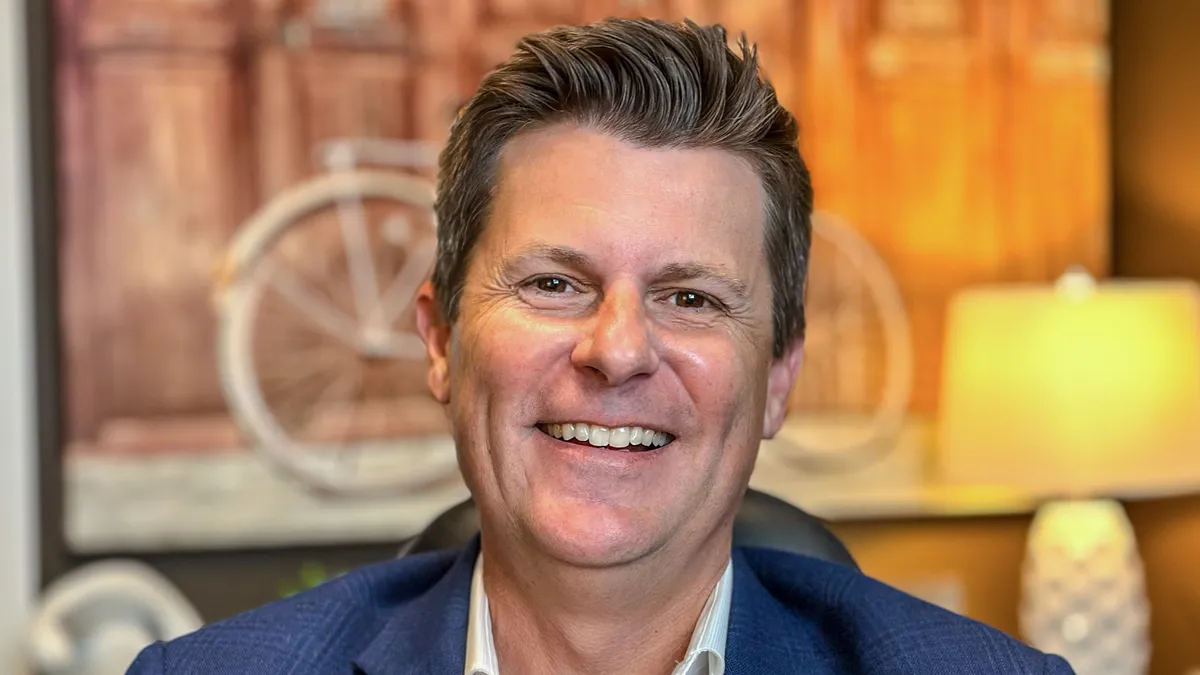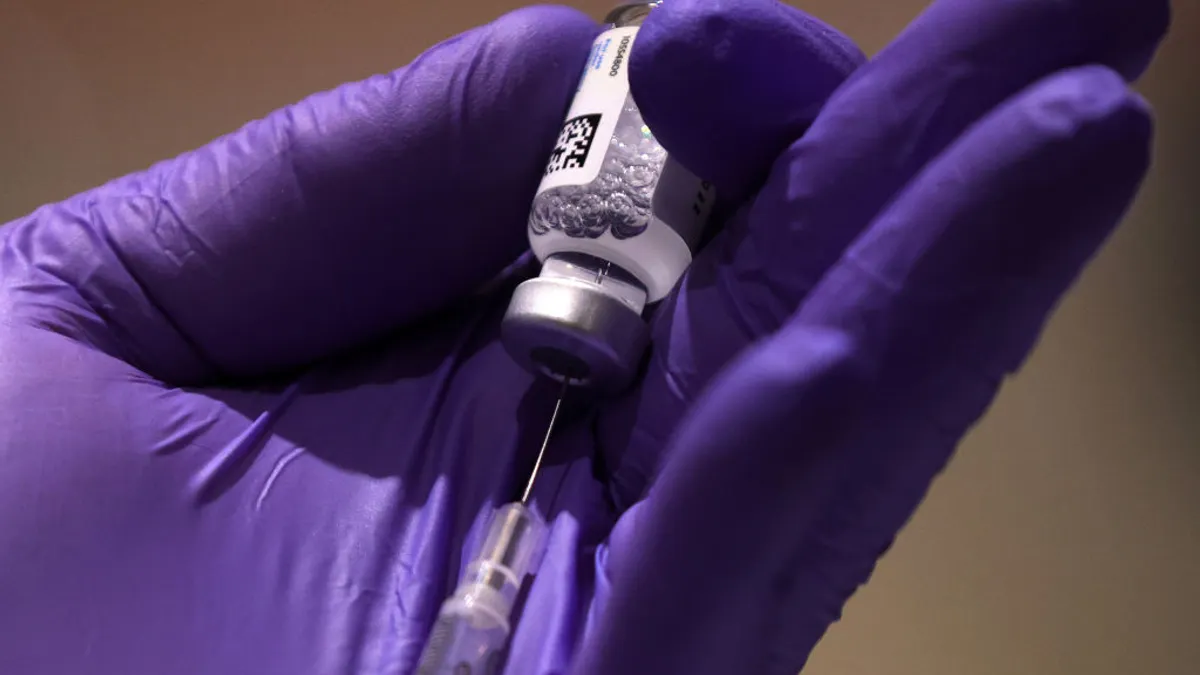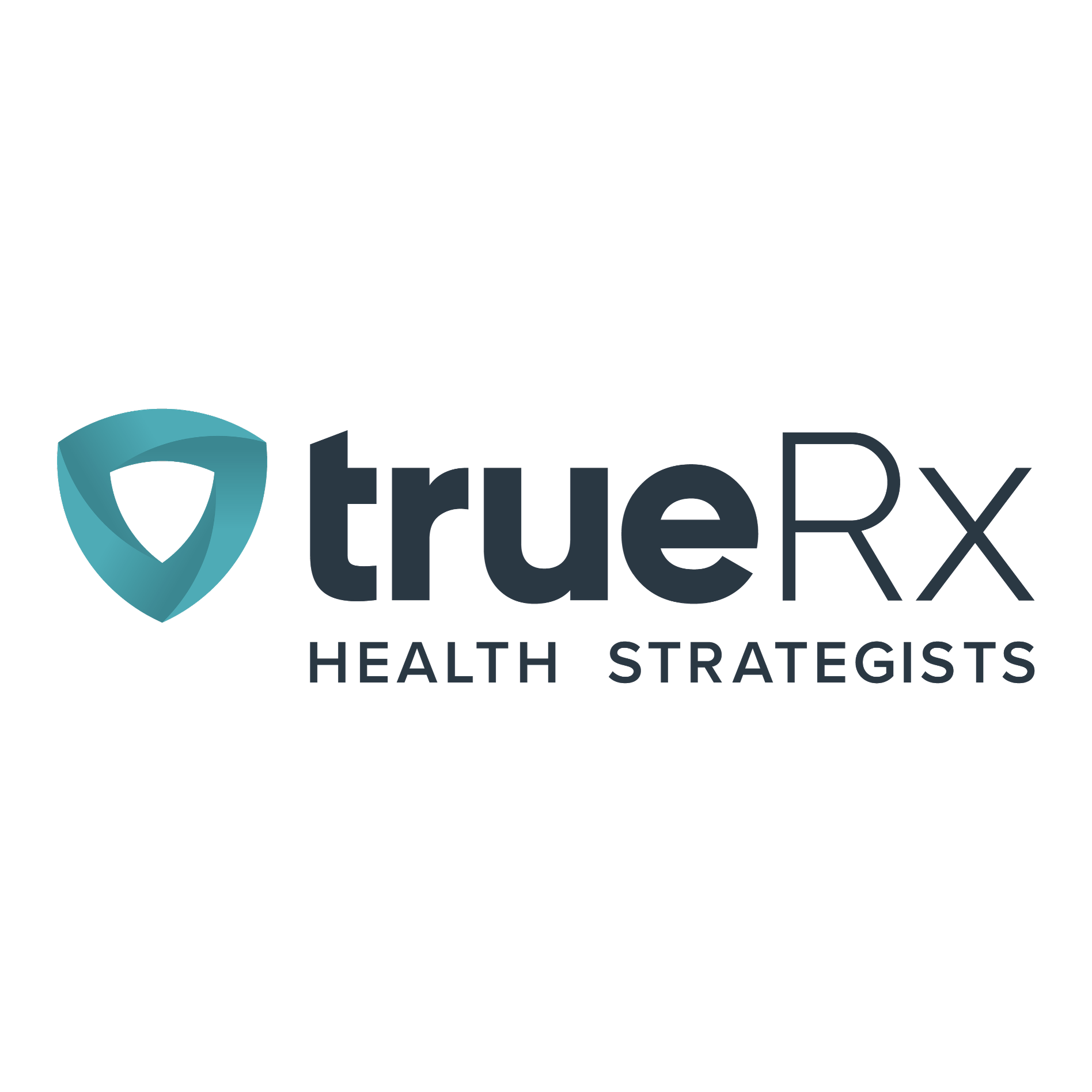Ventoux Biosciences is truly a patient-centric company, and in a different way than usual: Its founder and CEO is a patient who has the disease he is aiming to treat.
About 10 years ago, Kurt Harrington, a 25-year industry veteran, was diagnosed with Dupuytren’s disease, a genetic disorder that impedes hand mobility. Recently, Harrington officially launched the specialty pharma company with the goal to bring therapeutic options to millions of Dupuytren’s disease patients, including himself and his father, as well as future generations of his family.
“One of the reasons I started the company was also to try and help further raise awareness for this disease,” he said. “It’s amazing how prevalent it is, and how many centuries have gone by with just very few options.”
Dupuytren’s disease, also known as palmar fibromatosis, is a progressive fibrotic disease — often debilitating and painful — that affects more than 8% of the population worldwide and more than 30 million patients in the United States and Europe.

Dupuytren’s was first officially identified in 1614 by Dr. Felix Platter as a “tendon-like crispness.” It would be another 200-plus years before Dr. Baron Guillaume Dupuytren diagnosed the disease as coming from the fascia, which are thin connective tissues that exist in many different organs.
The condition is known by different names depending upon where it is found in the body: Peyronie’s disease (penis), Garrod’s Pads (knuckles), Ledderhose disease (feet) and frozen shoulder.
“While this condition is so prevalent, it acts a little bit like a rare or orphan disease in terms of low awareness, and patients often take six years to get a diagnosis,” he said. “What’s most common is the fibrosis appears as a nodule below the pinkie and ring finger.”
Why this disease manifests in this way is still largely unknown. Harrington noted that it’s a complex disease with upward of 50 potential genes involved, and his hope in the future is to get to the bottom of the disease pathway.
Harrington, who has undergone 30 different procedures, surgery currently being the “gold standard” of treatment, and three full courses of radiation, is looking to reinvent the space and push for treatments that truly make a difference early in the progression of the disease.
“The most common surgery is called a limited fasciectomy, they cut a zigzag all the way down from the fourth digit to near the base of the palm. They open all the skin, cut out the fibrotic tissue and zip it back up,” Harrington said. “Years ago, I was like, ‘There’s got to be a better way; I’m not doing that.’ The other option is called a needle aponeurotomy, where the surgeon uses a large gauge needle to break up the fibrotic fascia across and up and down the cord and then manually release or physically open the hand back up. The needle aponeurotomy that I’ve had done has recurrence rates of upwards of 85% in five years. I call it the beast; it continues to be awake and come after you.”
Currently, the only treatment on the market — Xiaflex from Endo Pharmaceuticals — is prescribed only once a “cord can be felt.” Harrington is looking to bring forward treatments that can be applied much earlier in the progression of the disease, which would help reduce the trauma to the hand and limit discomfort.
Here Harrington discusses how he hopes his unique patient and industry perspective can evoke change, his vision for future treatments and what it’s like to be a “funding founder.”
This interview has been edited for brevity and style.
PHARMAVOICE: Congratulation on launching the company. Why now?
KURT HARRINGTON: Thank you. I got to this point, and God bless my wife for being so supportive of it, where I feel like my mission and purpose is to try and make a difference. I spent my entire career in biotech. I started with AstraZeneca, moved to Wilmington, (Delaware), spent time in commercial roles and then in early-stage product development, lifecycle planning, corporate strategy. And the last seven years, I was helping large cap multinational Big Pharma clients, as well as early-stage startups. I was doing disease assessment in the market landscape and what’s the opportunity. And, of course, being a patient, I’ve been in patient groups for years and followed the progress of some of the emerging therapies with great hope.
I’m not an M.D. or a Ph.D., but I have a ton of great friends who are, and I’ve been successful in my other roles, and I felt like I was poised to try and make a go and try to improve outcomes as soon as possible. The real driver was that my dad has it — he’s had countless needle aponeurotomies, and he can’t get coverage for radiation or other procedures. And my two boys are 16 and 15, and I was like I could keep this great consulting job but if one or both of my boys get this in 10 or 15 years and I didn’t try and make a difference, I’d want to kick myself.
You have said it’s the most common, unknown disease. How do you propose addressing treatment options.
It’s amazing how many people have it and how big the need is and how underserved it is and how few options there are. I’m trying to go where nobody’s gone before. It’s a complex disease and I fully understand that. It’s TGF-beta, it’s collagenase-1 and 2 and cytokines and macrophages. My underlying belief and goal are there are medications out there that can make an impact on some of these things that we know play a role in the macrophage, the changes of a fibroblast or a myofibroblast, and proliferation in causing these collagen nodes. Can we stop those from doing what they’re doing?
Essentially, what this company is built upon is trying to reinvent the space and push for treatments that truly make a difference in the lives of patients — myself being one, my dad being one, and my boys or their kids if they get it.
My vision is to think about the strata of patients — there’s mild, there’s moderate, there’s severe. Mild would be probably the first sign of a nodule, maybe painful or not, maybe a knuckle pad. And then severe are patients who are probably bad enough to seek treatment, whether they can get coverage for it or not. I paid cash for my needle aponeurotomy. It’s not covered in a lot of places. There’s not a lot of doctors doing it. My thinking is if I can find a treatment that’s got a beneficial profile to attenuate and slow the fibrotic disease, reduce inflammation and be able to be used across the spectrum for all patients should they so desire, that would be wonderful.
I am looking for a therapy that early on could be administered in mild or moderate patients and ideally reduce the size of the nodule, soften the nodule, change the proliferation of how these myofibroblasts are acting, and slow the progression of the disease like we see in other therapeutic areas like RA. There are 16 different medications in RA and many of them are disease modifiers. So, finding agents to slow the disease from mild to moderate and they could be used alone or ideally or potentially with the procedure that they’re getting.
You have two drugs — VEN-201 and VEN-202 — in preclinical evaluation. Tell me about those.
My strategy is to repurpose where possible. I’ve worked as deeply as possible to understand some of the pathophysiologic changes that are going on in the body around Dupuytren’s, and then try to match what we know about the pathophysiology and link it ideally with medications that have been on the market that I can reformulate and repurpose to treat Dupuytren’s specifically. So, the first one is one that I had spent many months, nights and weekends doing research on that might work for TGF-beta and collagen-1 and collagen-3.
Essentially the core strategy is to try and identify uniquely distinct compounds that can attenuate fibrosis, reduce inflammation and slow the progression of the disease. Both compounds do that. They’re both small molecules and they’re both completely different mechanisms and drug categories from each other. And they’re also uniquely distinct from anything on the market which is not much. There’s Xiaflex, and there is a company looking to use a biosimilar of Humira or TNF-alpha to slow nodules, which is a wonderful idea and we’re all just watching that one with hope and excitement as well.
We have a disease modification study set up and expect results this May.
Being self-funded, is this daunting?
The plan is to self-fund until ideally one or both compounds hit, and we have proof of concept. Then we will start finding some friends and family investors, people who have Dupuytren’s, perhaps VCs at a little bit later date. We don’t want to fund it ourselves entirely forever. We’re an atypical company and I think we’re breaking some of the norms. Most of the time you’ll see – not to overly simplify it — but founders who are a Ph.D. or an M.D. who have a discovery and a patent and they’ll work that into a company. Or VCs see a molecule or a mechanism that they like and then they’ll build a company with their entrepreneurs-in-residence around that compound or molecule.
I was talking to a buddy right when I started the company in October. He’s an investor in the space and he said, “Oftentimes, Kurt, we have an inventor who comes to us with an idea or a molecule but not really know what to do with it. You’re the complete opposite. You have the vision, the plan, the opportunity but you don’t have a product yet.”
Rightly or wrongly, we took this path knowing that we wanted to try and make a difference. I do strongly feel like the science we’ve uncovered around these possible mechanisms and their benefit will bear success for one or both. It’s definitely stressful, but at the same time it feels so liberating and so right.
Tell me about the company name.
I’m a cyclist, a triathlete. I love the Tour de France and Mont Ventoux, which is a giant mountain in the south of France, is continually part of the race. I look at it with this sense of awe and inspiration and I really want to get on my bike and ride up it. At the same time, it’s this ominous, scary mountain. It was such a direct parallel to me jumping out of my executive consulting job to start this business. And there is a subtle homage to Felix Plater, who studied in Marseille, which is only about two hours from Mont Ventoux, and Baron Dupuytren, who was a French surgeon, so it’s also a bit of an homage to those gentlemen.




















